11 best foods to keep you healthy as you age
These tasty treats are good for your bones, brain, and heart.
Updated on August 16, 2023
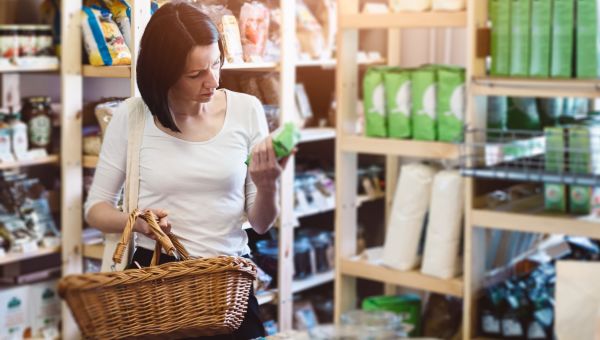
When many of us are younger, we may not think much about what we eat—a couple of slices of pizza before running off to softball practice? Sure! A half a banana before powering through a full day of work or classes? Why not? But as we age, our nutrition needs change—not only do older adults need fewer calories than younger people thanks to lower metabolism rates and a… Show More
When many of us are younger, we may not think much about what we eat—a couple of slices of pizza before running off to softball practice? Sure! A half a banana before powering through a full day of work or classes? Why not? But as we age, our nutrition needs change—not only do older adults need fewer calories than younger people thanks to lower metabolism rates and a winding down of physical activities, but we also need certain nutrients that can help keep our bones, brain, and heart healthy as we age. And if you’re pregnant, nursing, or going through menopause, your dietary needs can change even more.
In general, the more plant-based food you can add to your diet, the better—look for a variety of colors on your plate, to make sure you’re getting the full rainbow of nutrients. Here, a list of foods that may help protect long-term health.
Show Less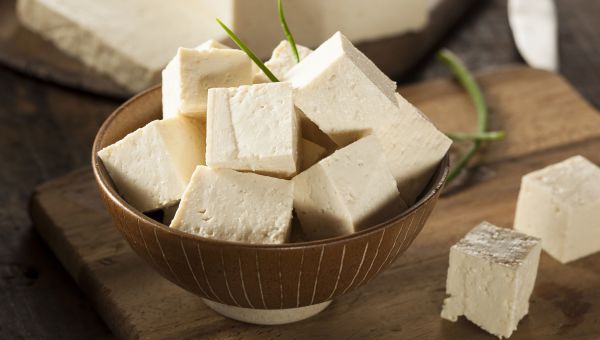
Tofu
This soy-based plant protein is a great addition to any diet, especially for its heart-healthy fiber. Although research is not yet clear-cut, results of some studies suggest that soy may have the potential to protect against breast cancer. It’s also loaded with iron, which is helpful for… Show More
This soy-based plant protein is a great addition to any diet, especially for its heart-healthy fiber. Although research is not yet clear-cut, results of some studies suggest that soy may have the potential to protect against breast cancer. It’s also loaded with iron, which is helpful for people who are still menstruating and need more iron and folic acid, says Kathryn Friedman, a nutritionist and certified holistic health coach with Lourdes Health System in Camden, New Jersey.
Iron is an essential part of hemoglobin, a protein in red blood cells that is responsible for carrying oxygen throughout the body. Too little iron can lead to anemia, a condition in which your body’s tissues don’t receive enough oxygen, resulting in fatigue and weakness.
One cup of tofu contains about 4 mg of iron. It’s also a rich source of calcium and manganese, which helps to build and maintain strong bones and teeth, and plays a role in regulating blood sugar and sex hormone levels.
Show Less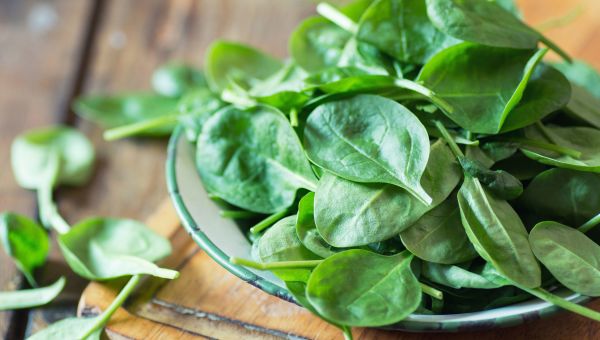
Spinach
Whether you eat Popeye’s favorite food sauteed with garlic or mixed with other veggies in a salad, spinach is a tasty way to meet your body’s need for iron. One cup of cooked spinach, in addition to being packed with 6.4 mg of iron, also contains tons of vitamin A, which helps to regulate cell… Show More
Whether you eat Popeye’s favorite food sauteed with garlic or mixed with other veggies in a salad, spinach is a tasty way to meet your body’s need for iron. One cup of cooked spinach, in addition to being packed with 6.4 mg of iron, also contains tons of vitamin A, which helps to regulate cell growth, and vitamin K, important for normal blood clotting. Add this leafy green to your breakfast omelets, lunchtime salads and dinnertime pasta sauce.
Show Less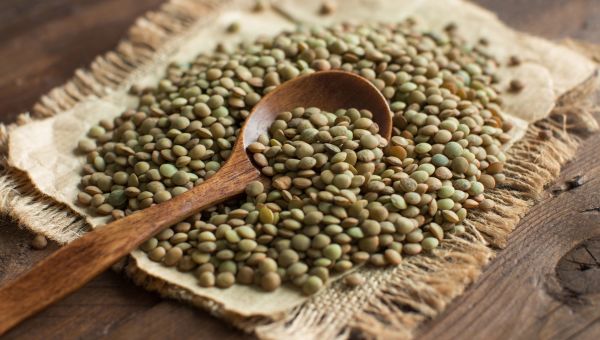
Lentils
Lentils are a rich source of protein and manganese, important for regulating blood sugar and brain and nerve function. They are also a great way to get folic acid, a B vitamin that’s crucial for anyone who is pregnant—or planning to become pregnant. Just one cup of this cooked legume delivers 358… Show More
Lentils are a rich source of protein and manganese, important for regulating blood sugar and brain and nerve function. They are also a great way to get folic acid, a B vitamin that’s crucial for anyone who is pregnant—or planning to become pregnant. Just one cup of this cooked legume delivers 358 micrograms (mcg) of the nutrient.
“Folic acid is important to help avoid certain birth defects,” Friedman says. It can help reduce the risk of spina bifida (when the spine does not close all the way) and anencephaly (missing parts of the skull and brain). The Centers for Disease Control and Prevention recommend those of childbearing age get about 400 mcg of folic acid daily. Pregnant people, after speaking with their healthcare provider, may consider upping consumption to as much as 800 mcg a day, and those with a family history of neural tube complications may need to take supplements containing as much as 4,000 mcg.
Show Less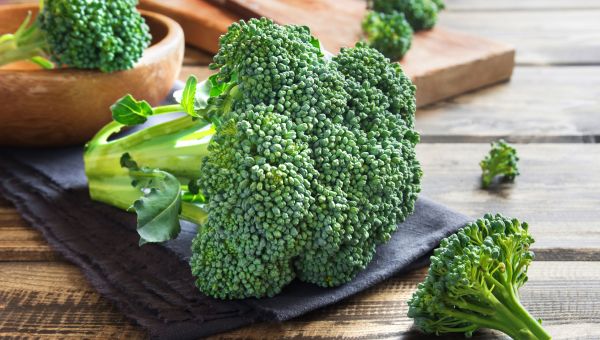
Broccoli
One of the best ways to add nutrional power to your plate is to find delicious ways to prepare broccoli (we love it roasted with a little olive oil and garlic). One cup of chopped, cooked broccoli contains just 55 calories, but is loaded with vitamin K, which is necessary for healthy blood… Show More
One of the best ways to add nutrional power to your plate is to find delicious ways to prepare broccoli (we love it roasted with a little olive oil and garlic). One cup of chopped, cooked broccoli contains just 55 calories, but is loaded with vitamin K, which is necessary for healthy blood clotting, and vitamin C, which is essential for cell growth and repair, as well as folic acid.
And keep in mind that folic acid isn’t just important for pregnant people— too little can affect the body’s ability to produce red blood cells that deliver oxygen throughout the body. Add enough to your diet, however, and it may help promote the production of healthy blood cells, slow the onset of age-related hearing loss and enhance heart and brain health.
Show Less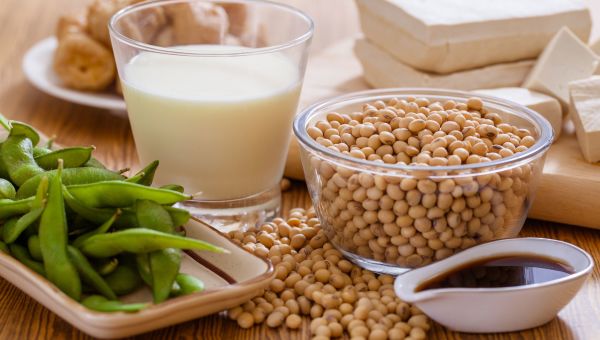
Soybeans
People who are going through perimemopause and menopause can experience a number of vasomotor side effects, including night sweats and hot flashes. But research suggests that eating soy beans—as little as ½ cup of cooked soy beans per day according to one 2021 study-- may reduce the… Show More
People who are going through perimemopause and menopause can experience a number of vasomotor side effects, including night sweats and hot flashes. But research suggests that eating soy beans—as little as ½ cup of cooked soy beans per day according to one 2021 study-- may reduce the frequency and severity of these issues. How might these plump beans help decrease hot flashes? One explanation is that they’re loaded with isoflavones—compounds found in plants that have weak estrogen-like properties. In fact, one three-ounce serving of raw soybeans contains 128 milligrams of isoflavones.
Effortlessly incorporate soybeans into your cooking by adding them to soups, stews and stir fries, or boil the pods and enjoy as edamame.
Show Less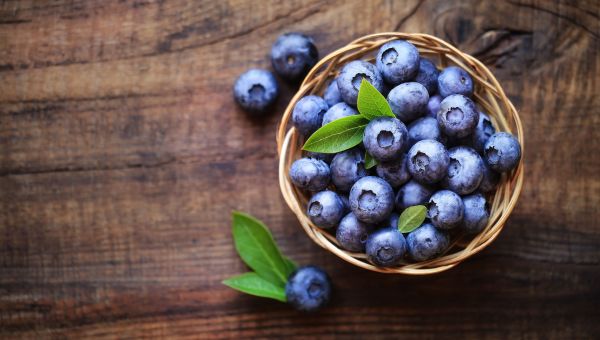
Blueberries
It’s never too early to start thinking about the health of your heart. The risk of heart disease increases as we age. A poor diet, smoking and lack of physical activity can also up your heart disease risk.
And while you can’t slow down aging, you can get a head start on preserving heart health by… Show More
It’s never too early to start thinking about the health of your heart. The risk of heart disease increases as we age. A poor diet, smoking and lack of physical activity can also up your heart disease risk.
And while you can’t slow down aging, you can get a head start on preserving heart health by loading your diet with healthy eats. Blueberries—a favorite mixed in yogurt, sprinkled in a salad, or just eaten by the spoonful—are loaded with soluble fiber and other heart-healthy nutrients, like anthocyanins. Anthocyanins are flavonoids that research suggests may play a beneficial role in preventing heart disease.
Fiber may also help lower the risk of other conditions associated with heart disease and stroke, such as obesity, type 2 diabetes and high blood pressure. One cup of blueberries contains about 14 percent of the daily recommended value of fiber.
Try mixing up your berry consumption by tossing in some strawberries, cranberries and raspberries, all loaded with heart-healthy properties, too!
Show Less
Kale
Say “calcium,” and many people will picture a tall glass of milk. But there are plenty of ways to get calcium from non-dairy foods. Kale, the dark-green leafy vegetable found in trendy salads all across America, is one good bet, providing 187 mg of calcium per cooked cup.
Calcium is vital for… Show More
Say “calcium,” and many people will picture a tall glass of milk. But there are plenty of ways to get calcium from non-dairy foods. Kale, the dark-green leafy vegetable found in trendy salads all across America, is one good bet, providing 187 mg of calcium per cooked cup.
Calcium is vital for maintaining the integrity of your body’s bones and teeth. Adults between the ages of 19 and 50 should aim to get the recommended 1,000 mg of calcium each day. Postmenopausal people need even more. According to the National Institutes of Health, women should up their calcium intake to about 1,200 mg per day starting at age 51, since they are at an increased risk of osteoporosis, a condition characterized by weak and brittle bones. A calcium-rich diet may slow this bone loss.
Show Less
Sardines
To get an even bigger boost of calcium, consider opening up a tin of sardines—they are a rich source of vitamins and minerals, including 569 mg of calcium per cup.
In addition to building strong bones, calcium works to regulate nerve function, hormone levels and heart rate, all of which can change… Show More
To get an even bigger boost of calcium, consider opening up a tin of sardines—they are a rich source of vitamins and minerals, including 569 mg of calcium per cup.
In addition to building strong bones, calcium works to regulate nerve function, hormone levels and heart rate, all of which can change with age. As many people get older, their heart may not beat quite as fast during physical activity, their production of hormones and body metabolism changes, and movements, thoughts and reflexes can start to slow down.
Sardines also contain ample amounts of vitamin B12, required for proper nervous system function and vitamin D, which promotes cell growth and healthy immune function.
Show Less
Salmon
Sardines not your thing? Another delish fish to add to your menu is salmon, which tastes great grilled, roasted, or sauteed, and contains 447 IU of vitamin D per three-ounce portion. The recommended daily intake for vitamin D is 600 IU for almost everyone; adults over the age of 70 should up their… Show More
Sardines not your thing? Another delish fish to add to your menu is salmon, which tastes great grilled, roasted, or sauteed, and contains 447 IU of vitamin D per three-ounce portion. The recommended daily intake for vitamin D is 600 IU for almost everyone; adults over the age of 70 should up their intake to about 800 IU.
Vitamin D is important for many reasons, including promoting the absorption of calcium which keeps bones strong and boosts immune function—both important as you age. Of course, salmon is a good source of other nutrients, like vitamin B12 and omega-3 fatty acids, which may reduce inflammation and lower your risk of heart disease.
Show Less
Eggs
Another good source of vitamin D is egg yolks—one large egg contains more than 17 IU. In addition to scrambling up eggs for breakfast, you can add eggs to rice dishes and soups, or hard-boil and slice them up in a salad or sandwich.
Vitamin D is delivered to your body in three ways: through… Show More
Another good source of vitamin D is egg yolks—one large egg contains more than 17 IU. In addition to scrambling up eggs for breakfast, you can add eggs to rice dishes and soups, or hard-boil and slice them up in a salad or sandwich.
Vitamin D is delivered to your body in three ways: through exposure to sunlight, your diet or supplements. As you age, the skin’s ability to produce vitamin D decreases, and impaired mobility, not uncommon among older adults, can make getting time in the sun more difficult.
One of the primary concerns for those with vitamin D deficiency is loss of bone density, which can lead to osteoporosis and increase the risk of fracture.
Show Less
Chicken
As you age, you need to make sure you are getting enough protein, which can help you maintain muscle mass. One great source is lean chicken: a three ounce serving of boneless, skinless chicken breast contains 27 grams of protein. Many people tend to lose muscle mass with age, which can make it more… Show More
As you age, you need to make sure you are getting enough protein, which can help you maintain muscle mass. One great source is lean chicken: a three ounce serving of boneless, skinless chicken breast contains 27 grams of protein. Many people tend to lose muscle mass with age, which can make it more difficult to complete physical tasks that used to be easy.
Getting between 10 percent and 35 percent of your daily calories from protein is recommended, but the amount of protein you need can vary depending on your sex, age and activity level.
Show Less
US Dept, of Health & Human Services. Nutrition as We Age: Healthy Eating with the Dietary Guidelines. Last reviewed July 20, 2021.
Harvard Medical School. Phytonutrients: Paint your plate with the colors of the rainbow, April 25, 2019.
Harvard T.H. Change School of Public Health. Straight Talk About Soy, Last reviewed January 2022.
Barnard ND, Kahleova H, Holtz DN, et al. The Women's Study for the Alleviation of Vasomotor Symptoms (WAVS): a randomized, controlled trial of a plant-based diet and whole soybeans for postmenopausal women. Menopause. 2021.
More On


video

article

slideshow


video


video
